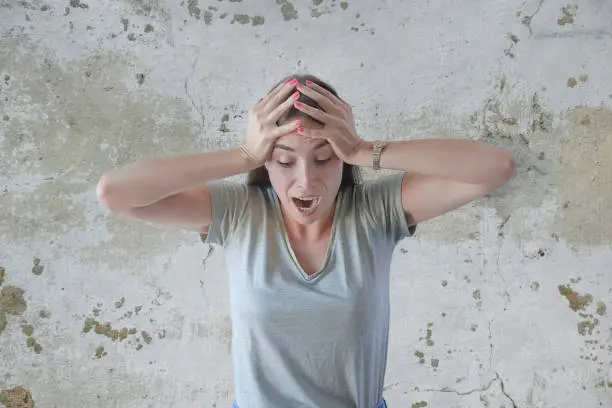Panic attack: how to recognize and overcome it

According to the World Health Organization, approximately 264 million people globally, or 3.6% of the world's population, experience panic disorders. The Ministry of Health has listed symptoms that may indicate a panic attack, including accelerated heart rate, chest pain and symptoms resembling a heart attack, excessive sweating, trembling, sensations of chills or heat, shortness of breath, dizziness, nausea, disorientation, and a fear of losing control or dying.
In conjunction with this, the Ministry of Health has outlined steps for self-help during a panic attack.
"It is important to focus on the present moment and feelings, to ground oneself by standing on the floor for a sense of support," as recommended by the ministry. Additionally, the technique "5–4–3–2–1" is suggested. And you need to try to breathe calmly, taking deep breaths and exhaling slowly.
According to data from the World Health Organization and the Ministry of Health, the war has a negative impact on the mental health of both adults and children. More than 650,000 Ukrainians have sought assistance from specialists due to war-related stress. The Ministry of Health's forecast asserts that over 15 million Ukrainians will require psychological support due to the consequences of the war. Viktor Liashko, the head of the Ministry of Health, emphasises that the war will significantly affect the mental well-being of individuals, even those who may appear resilient to the psychological effects of conflict.











